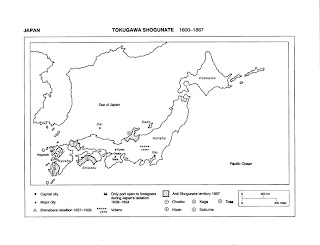
THE SAFAVIDS, THE OTTOMANS AND THE MUGHALS
‘Muslim’ empires,
not simply gunpowder empires or oriental despots?
THE SAFAVIDS: Shah Ismail 1501-1524
the Safeviye order
1514 Battle of Çaldıran
Consolidation of state power
Silk trade, patronage of art: Shahname by Firdawsi
Shah Abbas 1588-1629
OTTOMAN STATECRAFT: 1300-1453 the Sultan as Primus inter pares – first among equals
1453-c.1700: A legal culture and practice that placed the Sultan above KUL in rank and prestige
The Janissaries
Imperial successsion system
Timar system
Orthodox sunnism
Kapikulu system
Topkapi Palace
After the conquest of Constantinople: a ruling elite, fed by Central Asian, Persian, Arabic, Islamic and Byzantine civilizations
Ruling elite with no basis in ethnicity, race, or religion
From a common sense of justice, and taxes under a shared ruler to government, collective leadership
Civilian oligarchy: pasha households as part of government which included the janissaries, and vezirs,
THE MUGHALS: TURCO-MONGOL RULE from AFGHAN LANDS AND SAMARKAND
CENTRALIZATION 1526 BABÜR
TURNING INTO RULING DYNASTY WITH AN ARMY, LAND TENURE AND CENTRAL GOVERNMENT.
1556-1605 AKBAR
1658-1707 AURANGZEB
A modern state environment for agrarian history: 16th century: An imperial state extending its authority over a vast terrain of a network of urban centers, inter-city routes, and state elites
Adapting the Islamic state to a non-Muslim population: abolition of Jizya and cultural synthesis via Din-al-ilahi
Central administration : a consistent supply of taxes and troops, and loyalty to the state
Zamindari (tımarlı)
Mansabdar (kul)
Raiyat or ryot (peasantry)

Shahname

Akbar

Topkapi Palace


























